Next step is to organize two co-design workshops. On average 30 people participate per workshop. Mostly adults, but our methods were used successfully with children as well. The number of participants depends on how well the invitation is shared, how clear the challenge is, and the sense of urgency experienced by stakeholders.
One workshop focusses on ideation and one on rapid prototyping. We chose to split this over two workshops so that ideas can be developed into depth. Two workshops also allow for different people to participate and to build on ideas. And it allows for growing support among stakeholders. About a month in between the workshops is ideal, so word of mouth may spread and more people can be mobilized. Finally, the time between the workshops allows for input from experts and a mandate from the city council to continue or leave behind ideas.
In the second workshop, feedback from the experts and the city council is clearly communicated to participants through a ‘briefing’. This way, we are able to manage expectations and stay within the boundaries of what was technically, legally and politically feasible. The design of the workshop works well to create space for stakeholders to create wild and self-owned ideas while being guided within the boundaries needed to keep the support of the city council.
Helpful methods to create this space are flexible facilitation rules, voting criteria and a set of design principles. These principles are based on mobility research and design thinking:
- Play with the mobility aspect you can influence yourself
- Simplicity is boss
- Safety for children above all else
- Every car driver is part of the solution
- Build on each other’s ideas
The final ideas are brought to the city council for a ‘go ahead’ to start building high fidelity prototypes. We seek participation from citizens during the building phase as well. Citizens built prototypes such as little gardens in parking spaces, public furniture in streets, or route indicators. Their participation brings experiential and technical expertise, creates ambassadors for the project as well as word of mouth communication.
The high fidelity prototypes are then tested in real time. Depending on the time needed to learn about their impact and desirability, they are tested over a timeframe ranging from one day to several months. The prototypes range from awareness campaigns, neighbourhood festivals to interventions in infrastructure.
In the end, there is an evaluation phase with a session to which all stakeholders were invited. This session proved to be extremely important in keeping the public’s support. In the city of Beveren a live prototype had cut a street in the middle. This caused a lot of opposition from shopkeepers and residents. There were 80 people present at the evaluation session. All of them were invited to first criticize, and in the next step, to find solutions. The solution they came up with was traffic barriers at both ends of the street to control traffic. These would go down at the start and end of a school day. It was far more radical than what the city would have dared to implement. The process was able to turn tension into support.



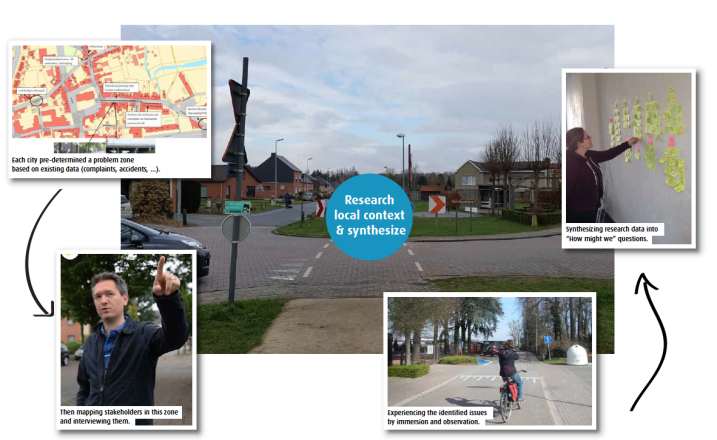
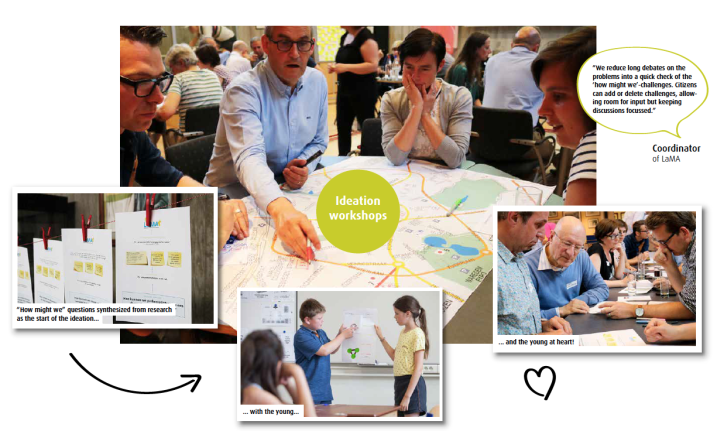
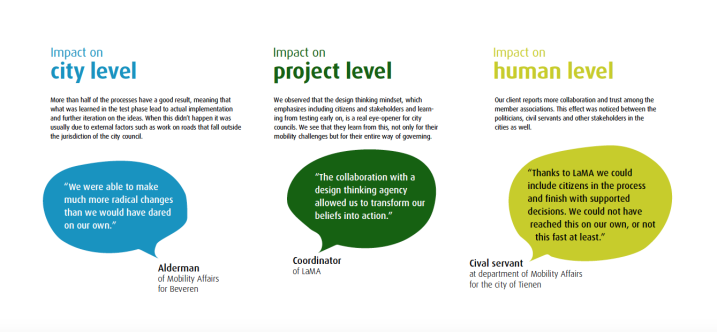
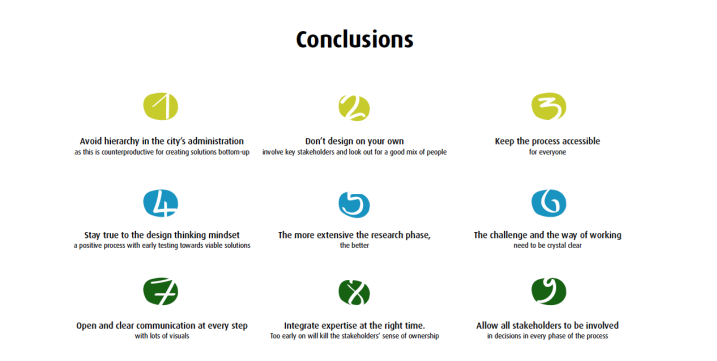
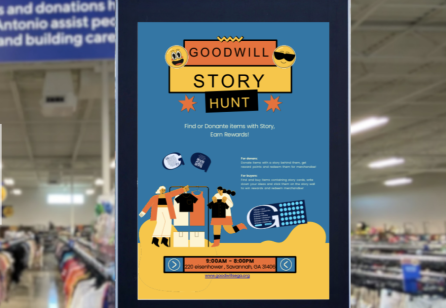
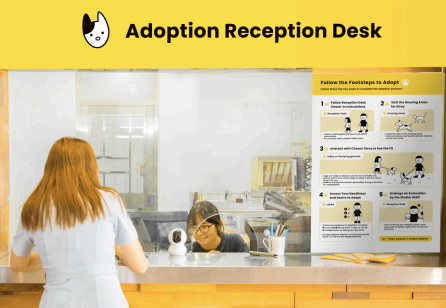
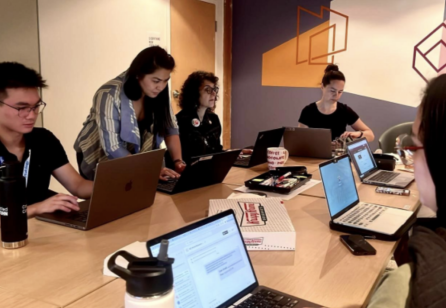
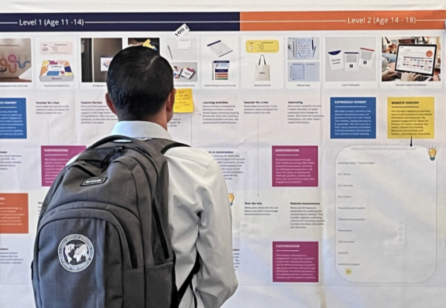

Share your thoughts
0 RepliesPlease login to comment